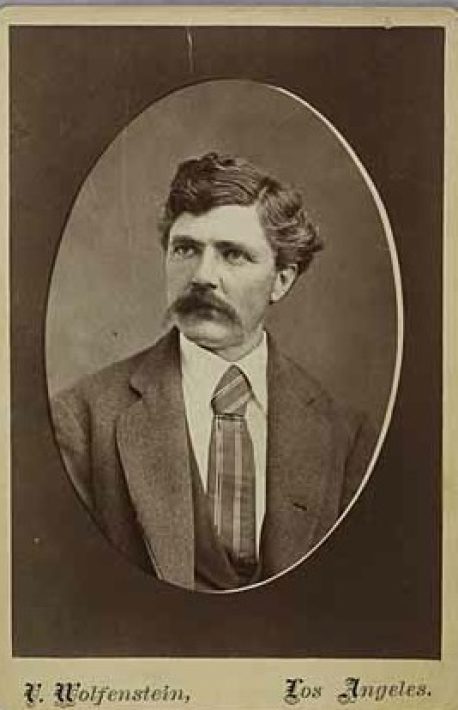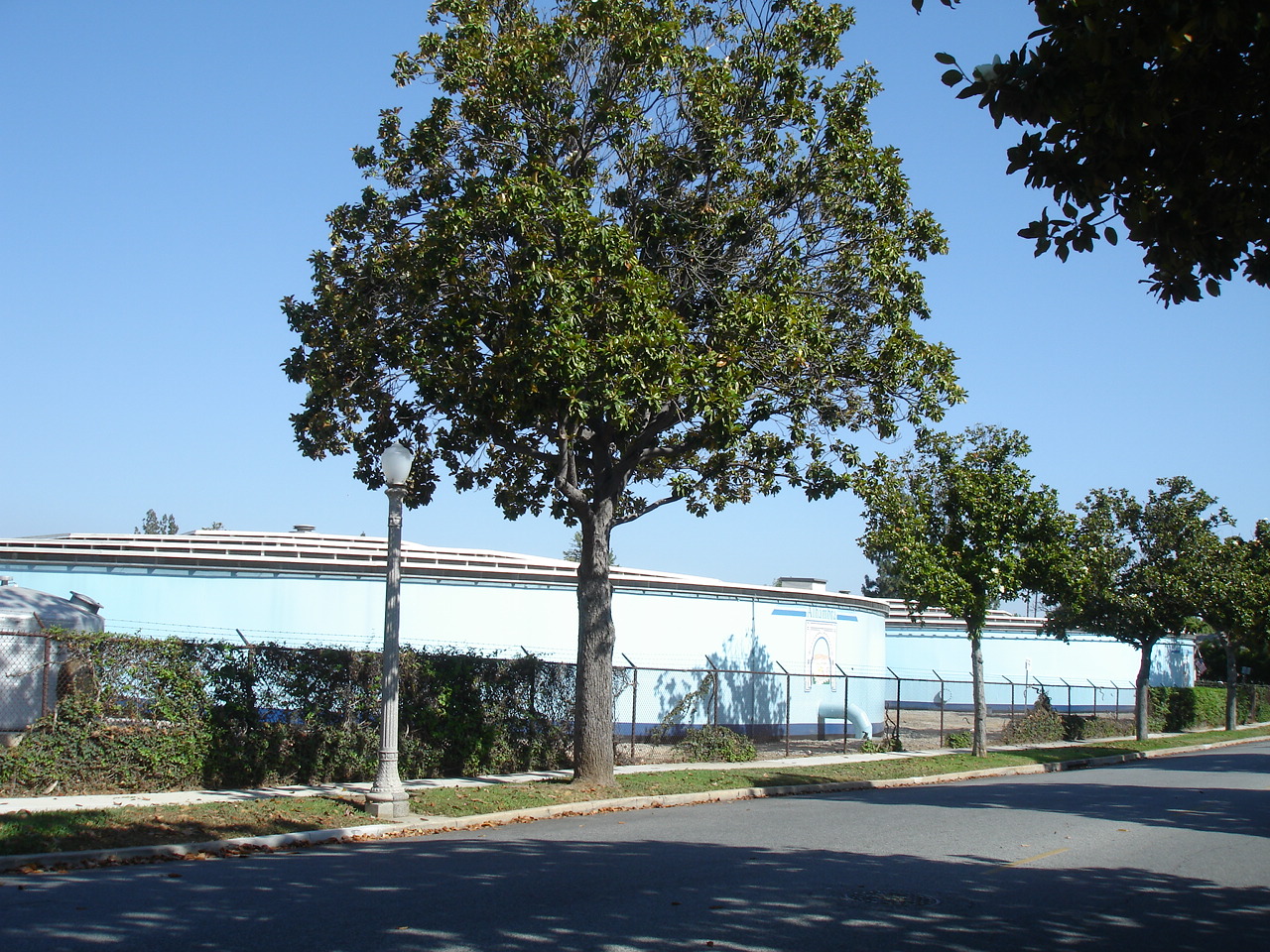“A man from the west will fight over three things: water, women, and gold, and usually in that order.” — United States Senator, Barry Goldwater.
“Thousands have lived without love, not one without water.” — Pulitzer Prize winning author W. H. Auden.

Connecting cities and water has been a major theme during the last century in California. It has involved top level politics, under the table maneuvering, and high stakes gambles. Cities that did not plan their water acquisition became wards of entities that controlled water. Municipalities that had vision in this respect obtained power and a greater degree of independence.
Founders of Alhambra, including James DeBarth Shorb and his father-in-law, Don Benito Wilson, understood this and ultimately helped position Alhambra to better control its destiny with water.
Since its incorporation as a city in 1903, Alhambra has obtained the majority of its water from local wells, some of them built by Wilson and Shorb. By 1916, the city would acquire all pipelines and wells within its boundaries to help establish itself as a city that controlled one of its most important resources. It is no coincidence that Alhambra’s ability to provide water to its citizens and its centralized location together positioned Alhambra to be a vibrant community over a hundred years ago.
Alhambra does not act independently in its water production. Along with ten wells within the city, Alhambra belongs to the San Gabriel Valley Municipal Water District (SGVMWD). The SGVMWD was formed in 1959 and is composed of Alhambra, Azusa, Monterey Park, and Sierra Madre. The cities combine their water and allocate it to its members based on a formula that considers factors such as historical contributions and usage. Nearly eighty percent of Alhambra’s water comes from this association.
The balance of Alhambra’s water is obtained from the Metropolitan Water District (MWD). Many of Southern California’s cities belong to this organization that derives its water from the Colorado River. The water is transported from the Colorado River to Southern California via the Colorado Aqueduct constructed in the 1930’s.
The San Gabriel Valley is fortunate to lie above an aquifer known as the Main San Gabriel Basin. This aquifer is composed of various smaller aquifer basins or pockets such as the Raymond and Puente Basins. These aquifers are replenished by natural and artificial ways. Precipitation, stream runoff, and subsurface flow naturally recharge the aquifers while artificial approaches include importing water and directing local runoff to spreading facilities and dams. Other associations similar to the SGVMD provide water to their cities in Southern California and also support the replenishment of water aquifers.
Alhambra avoided the fate of areas in the San Fernando Valley which had no capacity to supply their own water and had to align themselves with the City of Los Angeles and its massive dam network. Los Angeles engaged in the Water Wars of the 1920’s with the Owens Valley to obtain water for dams being constructed by their lead engineer William Mulholland.
During the 1800’s, agreements to obtain water were less formal, but just as acute. One person who saw this was James DeBarth Shorb. Shorb was a real estate visionary and developer who had the good fortune to have married in 1867 into the influential family of D. B. Wilson, the real magnate of Southern California whom the mountains are named after and who built Alhambra’s original real estate developments. Shorb worked closely with his father-in-law in developing real estate and took responsibility for much of the water acquisition for the projects.
During the 1870’s, Shorb organized the Lake Vineyard Land and Water Company. He and his father-in-law quickly determined that water acquisition was part of their real estate development formula. Shorb became an expert of his times in pipelines, irrigation ditches, and wells. He supervised construction of multiple local reservoirs which had capacities in excess of one million gallons of water. Over time, Shorb’s water company merged with other water systems and pipelines. By 1916, Alhambra made the critical purchase of all pipelines within the City’s boundaries, including twelve wells and several reservoirs for water storage, and laid the foundation for our current city water system.
Few things are more critical to a city in Southern California than the acquisition of water. Alhambra’s experience in this area is impressive and has been greatly aided through its wells and water system.
Gary Frueholz is a realtor with Engel & Volkers Real Estate, a past member of the Alhambra Planning Commission, a Certified Senior Real Estate Specialist, Certified International Property Specialist, and can be reached at 626-318-9436.





